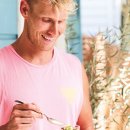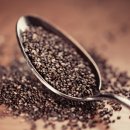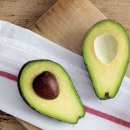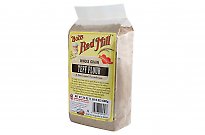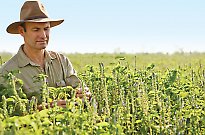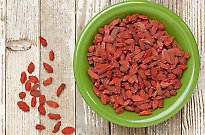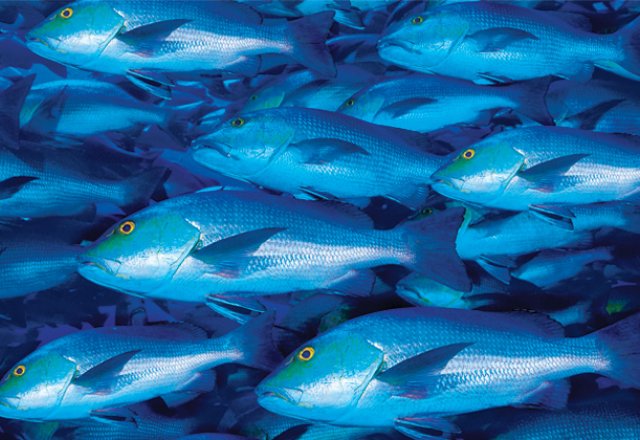
Sustainable seafood
Sustainable seafood

Sustainable Table is a young and innovative not-for-profit organisation empowering people to use their shopping dollar to vote for a food system that is fair, humane, healthy and good for the environment.
Cassie Duncan advises us on the best seafood to source and how to incorporate it into our diet.
Aside from becoming a vegetarian or vegan, confronting where seafood comes from and how it ends up on our plate is often the last frontier in sustainable and ethical eating.
If you’re a mindful omnivore, then chances are you’ll know exactly where and how to select meat so that the origin and farming methods are known. There are still the associated issues with free-range labelling and the like but, in general, it’s a lot easier for the consumer.
When it comes to seafood, however, it’s a whole different kettle of fish. So much so that when researching all things seafood, I actually started to question why on earth I had chosen such a complex topic for Sustainable Table to focus on. The thing is, it’s really hard to know or see what is happening under the sea and the supply chain visibility is just as murky. But, and it’s a big but, it’s definitely not an issue to give up on, especially considering that the ocean covers 70 per cent of the world’s surface, supports vast tourist industries and is a vital source of food for our ever-expanding global population.
In the words of GoodFishBadFish founder Oliver Edwards, “Sustainable seafood is about eating seafood today, tomorrow and into the future. It is about ensuring the ongoing vitality of the marine environment, the species that call it home, and the communities that it supports.”
How did we get to where we are today?
The idea of fishing conjures up romantic notions of mates in tinnies chewing the fat as fishing lines dangle off the side of the boat. But the reality is that fishing has become big business.
Destructive fishing techniques are destroying the bottom of our ocean floor and causing the death of critically endangered sea turtles, sharks, dolphins, birds and unintended fish species that get caught in the nets and on long lines that can have thousands of hooks. These ‘unintended’ fish are known as ‘bycatch’ and are disregarded – a massive one quarter of the world’s catch is bycatch, which represents a colossal waste of precious life.
Popular species such as shark (flake), tuna and swordfish have been reduced to just 10 per cent of what they were in the 1950s.
And if you’re secretly thinking, ‘I wouldn’t mind if there were no more sharks left in the ocean,’ consider this: Predatory fish kept the global marine eco-system in balance for millions of years; we then came along and whipped them out in less than 200. Upset this balance and it upsets the entire ocean environment and threatens to leave it barren and lifeless.
The problem is, long-lived larger species take longer to reach sexual maturity, so often don’t get a chance to reproduce before we catch them for food. Since Australians eat more canned tuna than any other fish, it is very important to choose and support brands like Safcol, which sell pole or line-caught skipjack tuna. Also, look for alternative, local fresh fish you can buy and healthy recipes on sustainabletable.org.au.
Read more food and diet advice or connect with us on Facebook!

